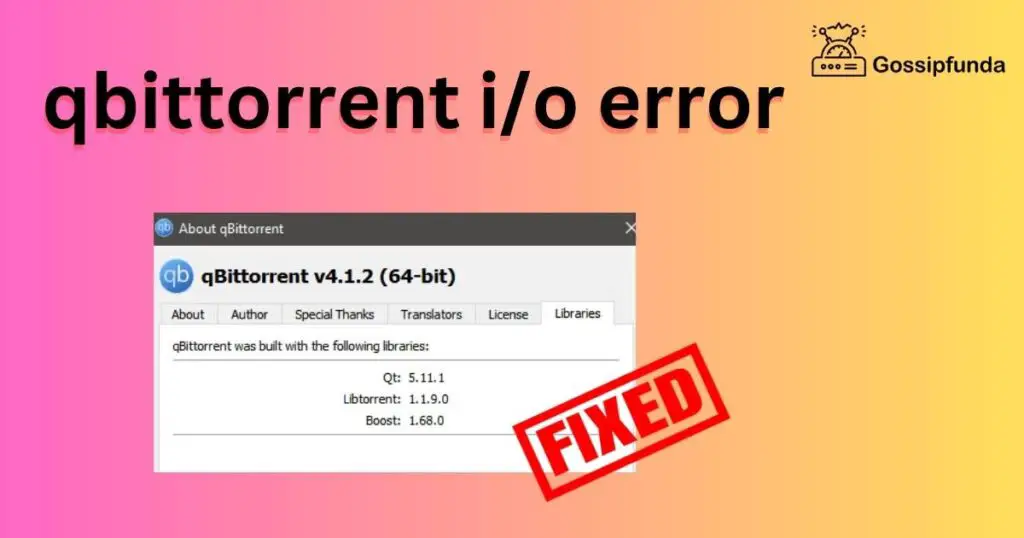In the realm of cloud gaming and remote desktop solutions, Parsec stands out as a revolutionary tool, enabling users to stream video games and access desktops from anywhere in the world. This article delves into the technical intricacies of how Parsec operates, shedding light on its architecture, streaming mechanisms, and the technology that powers seamless remote gaming experiences.

Basics of Parsec
Parsec is a proprietary software designed for remote gaming and desktop access. At its core, it leverages advanced video streaming technology to allow users to remotely access their computers. This remote access is not just limited to gaming; it extends to a variety of desktop applications, providing flexibility and convenience to its users.
Key Components of Parsec’s Architecture
- Client-Server Model: Parsec operates on a client-server model where the user’s gaming PC acts as the server, and the device being used to access the game remotely is the client.
- Video Encoding and Decoding: The gaming PC encodes the video output into a streamable format, which is then transmitted over the internet to the client device, where it is decoded.
- Low-Latency Transmission: Parsec uses advanced algorithms to ensure that the delay between user input on the client and the response on the server is minimal, essential for a smooth gaming experience.
Networking and Connectivity
Connectivity is crucial for Parsec’s performance. It uses peer-to-peer (P2P) connections to establish direct links between the server and client, reducing latency. Network conditions like bandwidth, latency, and packet loss significantly impact the quality of the streaming experience.
Video Compression Techniques
Parsec employs state-of-the-art video compression techniques to deliver high-quality images with minimal latency. This involves balancing the trade-off between video quality and speed, ensuring that the gaming experience remains fluid and responsive.
User Input Handling
User input, a critical aspect of gaming, is managed efficiently by Parsec. Inputs from the client’s keyboard, mouse, or gamepad are sent to the server at high frequencies, allowing real-time interaction with the game or application.
Security and Privacy
Security is paramount in remote access applications. Parsec implements robust encryption protocols to secure the data transmitted between the client and server. Additionally, authentication mechanisms ensure that only authorized users can access the server.
The Role of Cloud Infrastructure
While Parsec primarily relies on a direct connection between the user’s devices, it also uses cloud infrastructure for facilitating connections, managing user accounts, and providing additional services like multiplayer sessions.
Learn more: Overcoming Parsec’s Error 500, 503, and Downtime Issues
How to I use Parsec?
Using Parsec is relatively straightforward. Here’s a step-by-step guide to get you started:
Download and Install Parsec
- Download Parsec: Visit the Parsec website (Parsec Gaming) and download the Parsec application for your operating system (Windows, macOS, Android, or Linux).
- Install Parsec: Run the downloaded file and follow the on-screen instructions to install the application on your device.
Create an Account and Log In
- Create an Account: After installation, open Parsec and sign up for a new account using your email address, or log in if you already have an account.
- Verify Email: If you’re a new user, verify your email address through the link sent to your email.
Host or Join a Gaming Session
- Host a Gaming Session:
- On your gaming PC (the host), make sure you have games installed that you want to play remotely.
- Open Parsec and log in.
- In the Parsec app, make sure your computer is set to be discoverable for hosting. This is usually enabled by default.
- Join a Gaming Session:
- On the client device (the one you want to play games on), open Parsec and log in.
- The host computer should appear in the list of available computers. Click on it to request access.
- The host will need to accept your request to connect. Once accepted, you should see the host’s screen on your device.
Configure Settings (Optional)
- Adjust Settings: You can adjust various settings such as resolution, bandwidth, and controls in the Parsec settings menu to optimize your experience based on your internet speed and hardware capabilities.
Start Playing
- Play Games: Once connected, you can play games installed on the host machine from your client device. The game will run on the host computer but will be streamed to and controlled from your client device.
Ending the Session
- Disconnect: When you’re done, simply disconnect the session from the Parsec application on your client device. The host can also end the session.
Tips for a Better Experience
- Strong Internet Connection: A stable and fast internet connection is essential for a smooth experience. Wired connections are generally more reliable than wireless.
- Performance Settings: Experiment with Parsec’s performance settings to find the best balance between visual quality and streaming smoothness.
- Compatibility: Ensure that both the host and client devices meet the minimum system requirements for Parsec.
By following these steps, you should be able to set up and use Parsec for remote gaming or desktop access. Remember that the quality of your experience will depend largely on the performance of the host PC and the speed of your internet connection.
Conclusion
Parsec represents a significant advancement in remote desktop technology, especially in the gaming domain. Understanding its technical underpinnings—from networking and video streaming to user input synchronization—reveals the complexity and innovation driving this powerful tool. For gamers and remote desktop users alike, Parsec offers a glimpse into the future of digital connectivity and interaction.
Awill Guru is a technology enthusiast with degrees in VLSI Engineering (B.Tech, M.Tech) and Android Development. Their passion for education drives them to teach and share knowledge through their blog. He also hold qualifications in Sociology (M.A.) and Education (B.Ed), along with NIELIT O and A Level certifications.


